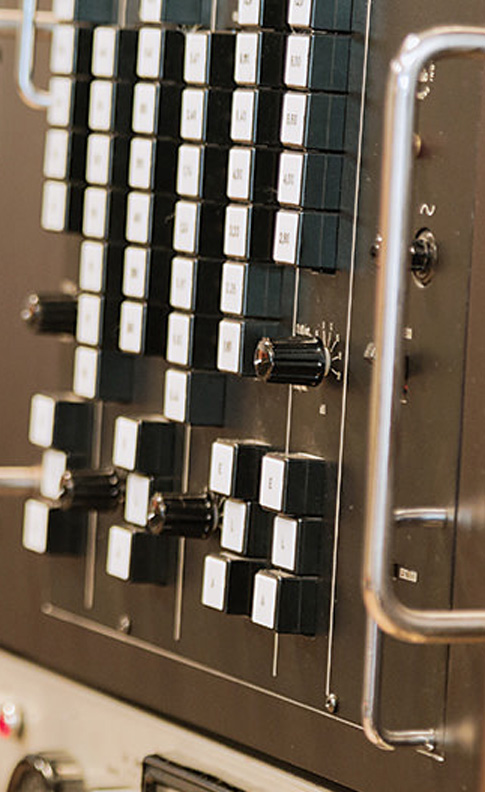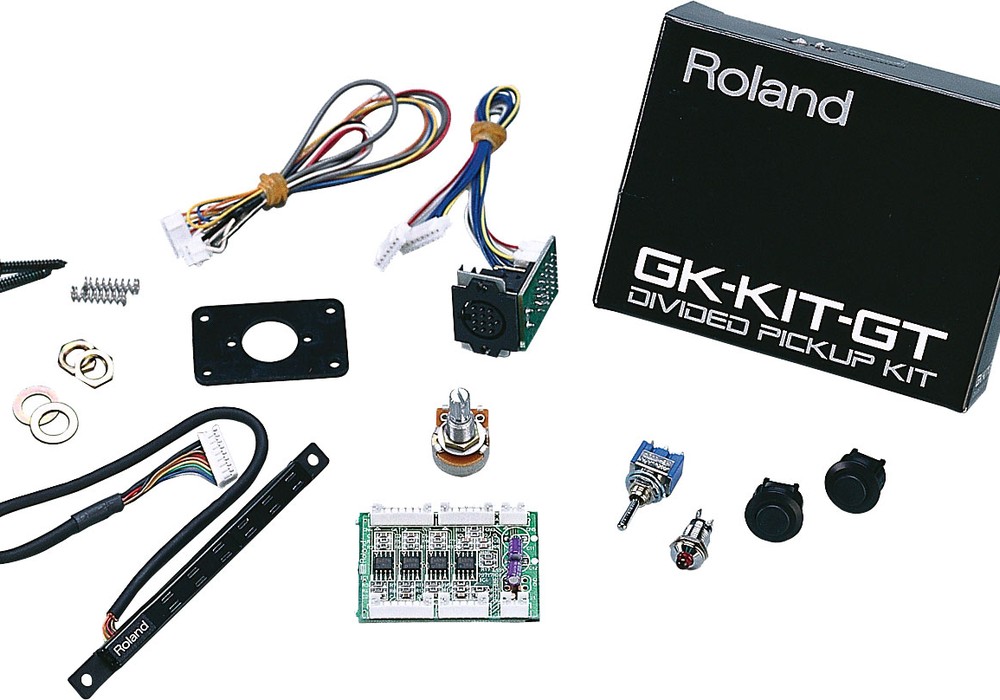I didn't think it would be appropriate to have Tape Op's journalistic integrity called into question if my review only included the phrase "HOLY SHIT!" over and over again, so it looks like I'll have to write more than that for a proper review – but let me unequivocally state here that this is my conclusion of the Genelec 8341 Smart Active Monitors. For you TL;DR folks; go buy them NOW!
Genelec created their first active studio monitor in 1978 with the S30 model. With the 103x Series in the late '80s, they created a line of monitors that became ubiquitous in studios around the world, both on meter bridges and in soffits. There was a reason you would likely see a pair of Genelec 1031s or 1032s along with Yamaha NS-10s on top of the console in many commercial studios; these were loud, accurate monitors that gained a bit of a mistaken reputation for making things "sound better than they actually were." Fast-forward to 2004, when Genelec introduced the 8000 Series with a cast aluminum enclosure that featured curved lines, no hard edges on the cabinet, and waveguides molded into the enclosure offering minimum diffraction due to no hard edges. The 8000 Series' cabinets heralded a new era, from which nearly all subsequent Genelec models have been derived.
One of the most recent lines to benefit from this revolutionary cabinet style are "The Ones," originally introduced in 2014 with the 8351 model, and now including the smaller 8341 (subject of this review) and 8331 models. These are all 3-way designs featuring dual-concentric/coaxial mid- and high-frequency drivers, with two oval woofers at the tops and bottoms of the cabinets. These bass drivers are entirely hidden from view, which gives the series a striking look unlike any other studio monitor – rather than having the LF drivers on the face of the monitor, the entire front surface is a waveguide for the two higher drivers while the lows are dispersed via a rear reflex port and thin slots at the top and bottom of the front baffle. Because of this unique arrangement of the drivers, the monitors in The Ones series can be mounted horizontally or vertically with either orientation providing the same balance of sound emanating off the front of the monitor. To aid in mounting, Genelec's proprietary Iso-Pod rubber feet have now become components of most of their nearfield speakers. These can be easily moved from the bottom of the monitor to the side by using a couple of screws on the back of the cabinet, allowing isolation from the mounting surface in either orientation – an incredibly practical design!
The power amp components of the 8341 are 250 W for the two low-frequency drivers and two 150 W amps for the mid- and high-frequency drivers respectively – I found these to be incredibly clean amplifiers that offer enormous headroom. Rear inputs are via analog and AES digital, both on XLR connectors. There's also pair of Ethernet ports; more on this in a moment.
In the past, Genelec has included DIP switches on many of their monitors to allow for shaping the response of the speaker to the room, and while those are also included on the 8341, where the "Smart Active" designator in the full name of the monitors and series truly comes into play is when partnering the monitors with Genelec's GLM (Genelec Loudspeaker Manager) User Kit. The GLM system is what takes these already extraordinary monitors to an entirely new level. The kit consists of a network adaptor that sits on your desktop/console that connects to your computer via USB with a calibrated omnidirectional microphone with mic holder that connects to the GLM network adaptor. From the box, you connect an included Ethernet cable to one monitor, and then chain another cable from that monitor to the second (and third, and so on, including subwoofers – up to 45 monitors). This creates a network for calibrating the monitors to your room with up to 20 EQ points of correction for the 8341 (other models have different numbers of EQ points), time-of-flight delay and level matching between monitors, plus phase, EQ, and level alignment with any SAM subwoofer. All of this is controlled via the GLM application on your Mac or PC, and, once analyzed, the settings can be stored to the internal memory of the monitors. The analysis can be single- or multi-point, with the multi-point analysis averaging measurements from four positions around and including the central listening spot. Using this system, one could conceivably make additional calibrations on the client couch, at the back of the room, or anywhere else to be selected when needed. The 8341s, like the 8331s have two LF shelf filters, two HF shelf filters, and 16 parametric notch filters. The calibration algorithm typically stops at ten. Any unused filters can be assigned by the user.
There are a host of other features in the GLM app, but that is meaningless if the monitors don't sound good or aren't enjoyable to work on. Luckily, as I mentioned in my ultra-classy opening, the 8341s are absolutely incredible! I've been working on them for a few months now (paired with a Genelec 7360 SAM sub – 4-way calibrated system, baby!), and I've never had mixes translate as consistently. Ear fatigue is a non-issue with these monitors, and they have such a smooth, even response at all volume levels. I can work at extremely quiet levels with the assurance that I won't be missing out on any detail. Of course, when it's time to push the 8341s for the "client test," they never feel like they are coming close to maxing out their available headroom.
For the last 15 years or so, my favorite recording to use as a test listen on any new monitors or in a control room I'm unfamiliar with, has been John Vanderslice's [Tape Op #10] Pixel Revolt album; recorded and mixed by Scott Solter [#67] (genius!). It's a hugely dynamic recording with lots of Moog bass to test/stress the low drivers, and gorgeous vocals and guitars. Hearing that record on the 8341s was like hearing it for the first time – more stunning than ever and with a new-found depth that makes it feel like you can reach into the mix. I know that may read as some kind of "audiophile nonsense," but to me it's true. This same kind of feeling holds when working on mixes myself (not nearly as good as Scott's...); I feel like I'm using less processing (unless called for) because I can really hear the fundamental core of all sounds better than with any other monitors I've used. Reverbs tail away to infinity, noises and spurious pops/clicks are easy to detect (I've had issues hearing these kinds of problems on other monitors in the past), and music just sounds more musical! I enjoy listening to music on the 8341s as much as I like working on them, and that's unusual for me. I generally liken studio monitors to a tool rather than something to be embraced for pleasurable listening, but these perfectly fit the bill in both instances.
With a street price of over $6000, they aren't inexpensive (the 7360 sub adds another $2500 to that). But if, like me, you think of your monitors as the single most important piece of hardware in your studio that need to be trusted and relied upon on to tell you the truth about what you are recording and mixing, the price begins to feel a little less painful. If you can't accurately hear what your microphones and preamps and processing are doing to your music, how can you trust what you are listening to? I honestly wish everyone could hear and use the Genelec 8341s – they deserve to be the new standard.





_disp_horizontal_bw.jpg)